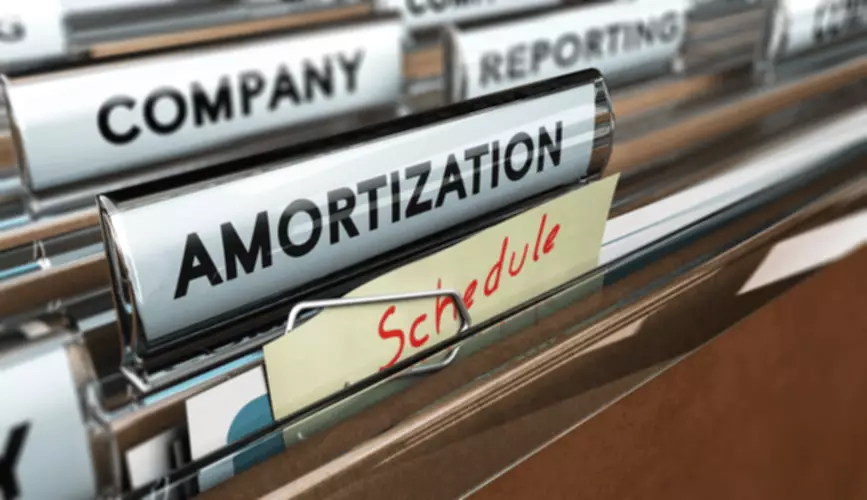Content

Negative stakeholders’ equity is often seen as a precursor to bankruptcy. Stockholders’ equity is important for a company because it demonstrates the amount of money that would be available to either pay off liabilities or reinvest in the business. Negative equity can arise if the company has negative retained earnings, meaning that their profits were not strong enough to cover expenses. In practice, most companies do not list every single asset and liability of the business on their balance sheet. Rather, they only list those accounts that are relevant to their situation.
What is stockholders’ equity?
Stockholders’ equity is the portion of a company’s balance sheet that represents the shareholders’ investment in the company.
Companies have no obligation whatsoever to pay out dividends until they have been formally declared by the board. There are four key dates in terms of dividend payments, two of which require specific accounting treatments in terms of journal entries. There are various kinds of dividends that companies how to calculate stockholders equity may compensate its shareholders, of which cash and stock are the most prevalent. Stockholders’ equity is often referred to as the book value of the company and it comes from two main sources. The first source is the money originally and subsequently invested in the company through share offerings.
Understanding Shareholders’ Equity
We are not a law firm, do not provide any legal services, legal advice or «lawyer referral services» and do not provide or participate in any legal representation. Stockholders’ equity is the value of a business’s assets that remain after subtracting liabilities. We have been producing top-notch, comprehensive, and affordable courses on financial trading https://www.bookstime.com/ and value investing for 250,000+ students all over the world since 2014. This can be accomplished by electing to buy back some of its own shares from investors. The more capable a company is of yielding a profit from equity, the higher its return on common equity will be. You will learn how to utilize its formula to assess a firm’s profitability.
- If equity is positive, the company has enough assets to cover its liabilities.
- They are the company’s owners, but their liability is limited to the value of their shares.
- He is a CFA charterholder as well as holding FINRA Series 7, 55 & 63 licenses.
- Shareholders’ equity determines the returns generated by a business compared to the total amount invested in the company.
In this example, we will try calculating stockholder’s equity using the above two formulas. There are two methods for the calculation of stockholder’s equity. As explained above, Stockholder’s Equity is the excess assets over its liabilities.
How Do Stock Repurchases Affect Shareholders’ Equity?
If shareholders’ equity is positive, that indicates the company has enough assets to cover its liabilities. But in the case that it’s negative, that means its debt and debt-like obligations outnumber its assets. Although shareholder equity isn’t the only factor to consider when weighing up an investment, if it’s negative, the company’s prospects are far riskier. You can use this figure in conjunction with other metrics of financial health to form your analysis. The share capital represents contributions from stockholders gathered through the issuance of shares. It is divided into two separate accounts common stock and preferred stock.
- DebenturesDebentures refer to long-term debt instruments issued by a government or corporation to meet its financial requirements.
- This includes the par value of the preferred stock, the paid-in capital over and above the par value, and the retained earnings.
- Any historical returns, expected returns or probability projections are hypothetical in nature and may not reflect actual future performance.
- The articles and research support materials available on this site are educational and are not intended to be investment or tax advice.
- In recent years, more companies have been increasingly inclined to participate in share buyback programs rather than issuing dividends.
- As for the “Treasury Stock” line item, the roll-forward calculation consists of one single outflow – the repurchases made in the current period.
- Dividend policy by showing its decision to pay profits earned as dividends to shareholders or reinvest the profits back into the company.

